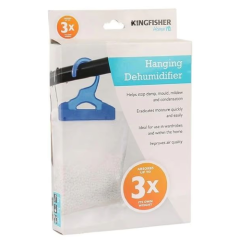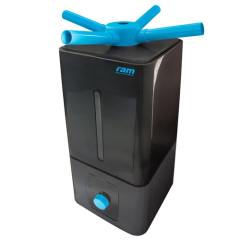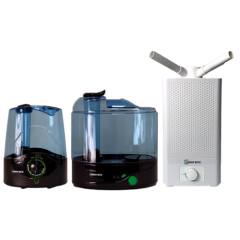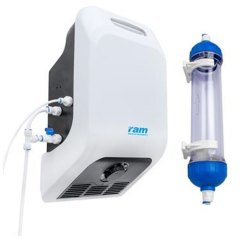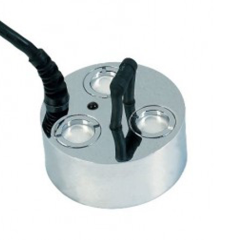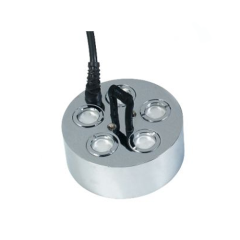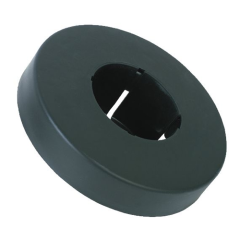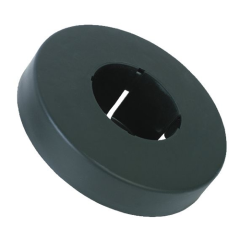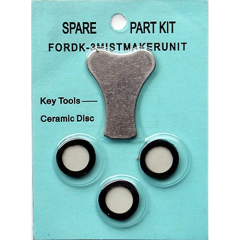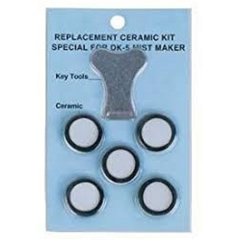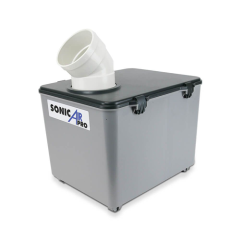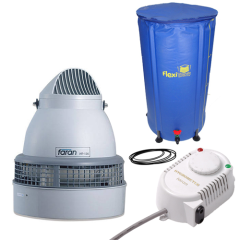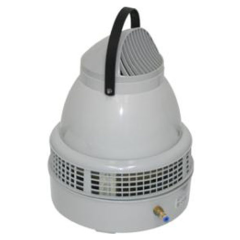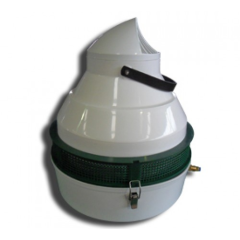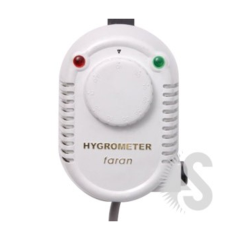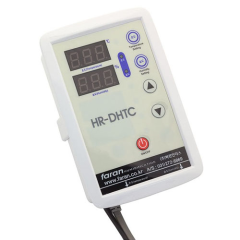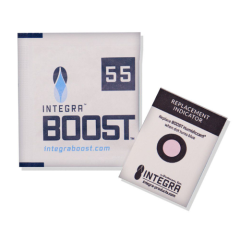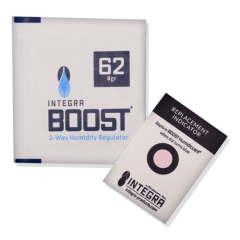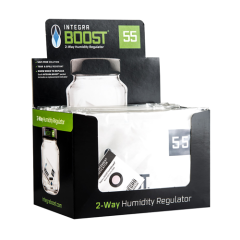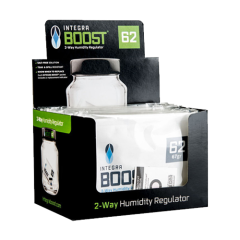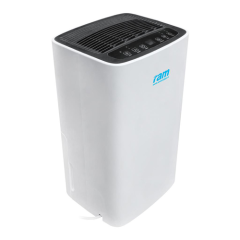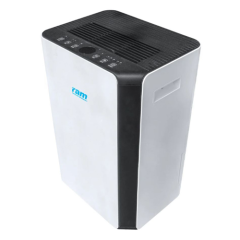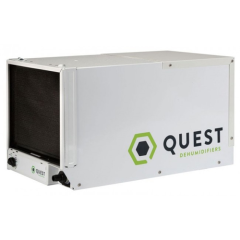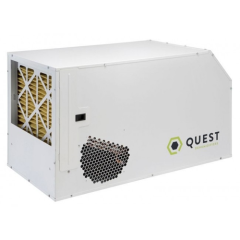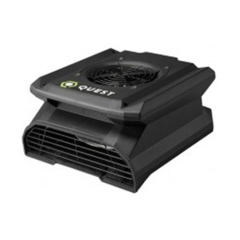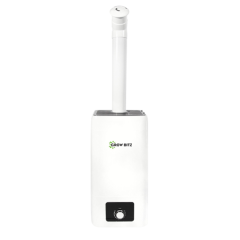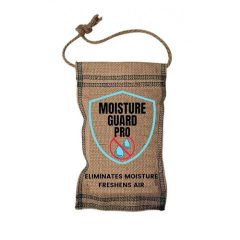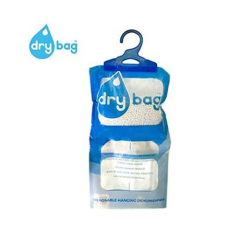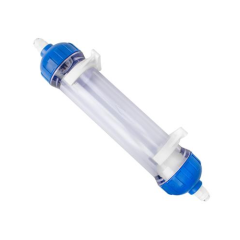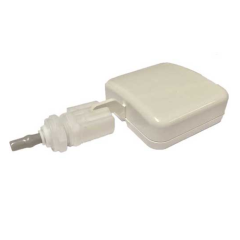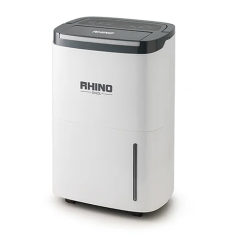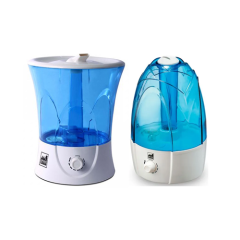- Call an expert today! 0208 808 4321
 Store Locator
Store Locator
Humidity Control
DESCRIPTION
Reduce Humidity in a Room
Controlling humidity in a grow room is essential for plant health and yield. To reduce excess humidity:
- Install an extractor fan system: Proper ducting paired with an extractor fan removes excess moisture efficiently. Opt for high-quality materials to prevent air leaks.
- Use dehumidifiers: Compact dehumidifiers are effective in reducing moisture. Select a unit compatible with your grow room size. The RAM Dehumidifier 20L is a stand-out product.
- Improve airflow: Position oscillating fans to distribute air evenly, avoiding stagnant pockets where humidity can rise.
- Control watering schedules: Overwatering plants can increase humidity levels unnecessarily.
How to Control Humidity
Effective humidity control in a grow room involves a combination of tools and techniques:
- Invest in a humidity controller: These devices automate humidity management by syncing with extractor fans and dehumidifiers.
- Monitor temperature: High temperatures can cause excessive evaporation, increasing humidity. Use a thermostat alongside your grow room humidity controller for balance.
- Seal the room: Gaps and leaks in grow room structures can lead to inconsistent humidity. Use insulated materials to maintain control.
How to Tell if Humidity is High or Low
Signs of high humidity:
- Visible condensation on walls, ducting, or plant surfaces.
- Increased risk of mould or mildew, especially on leaves or soil.
- Slow growth and drooping plants due to oxygen depletion.
Signs of low humidity:
- Wilting or crisping leaves.
- Increased water uptake by plants, leads to nutrient imbalances.
Which is Better: High or Low Humidity?
The optimal humidity level depends on the growth stage:
- Seedlings and vegetative stage: Higher humidity (60-70%) is ideal as plants absorb moisture through their leaves.
- Flowering stage: Lower humidity (40-50%) prevents mould and supports dense bud formation.
Extreme levels—either high or low—can stress plants, reducing yields and quality. A grow room humidity controller can maintain the ideal range with precision.
How to Check Humidity
To monitor humidity levels effectively:
- Hygrometers: Digital or analogue hygrometers provide real-time humidity readings.
- Smart sensors: Pair with a humidity controller for automated adjustments.
- Regular maintenance: Clean and calibrate devices to ensure accurate readings.
By combining reliable tools like dry bags, humidity controllers, and hygrometers, growers can create a stable and productive environment for plants.
Copyright © 2024 Hyjo Store. All Rights Reserved.









